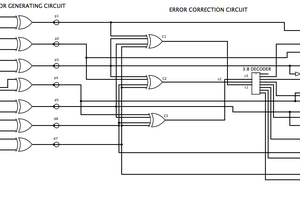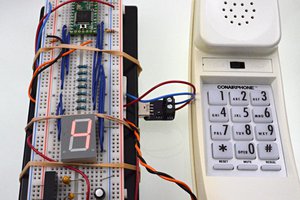In the search for a suitable relay to make the music, I found a DC motor with an off set weight. I thought that I would possibly use a motor, and a relay (built around a solenoid) to make the sounds. I ran tests with the motor running at various speeds using the PWM pins on a SparkFun pro mini. I will soon have an Idea of what the final direction will be.
Making music with relay chatter
One of the Hackaday 2018 entries is to make a musical instrument of sorts and I thought of the sounder used by Morse Code operators
 Boelens, Leland
Boelens, Leland
 agp.cooper
agp.cooper

 danjovic
danjovic
 Paul Stoffregen
Paul Stoffregen